The Age of (Scanning) Transmission Electron Microscopy is Here
Published
Written by:
Jason Donald, Director of Electron Microscopy at Covalent Metrology

Transmission Electron Microscopy (TEM) is a powerful imaging technique capable of producing images magnified up to two million times. TEM can achieve atomic resolution and enable visual investigation of the building blocks of the sample. With its high resolution and versatility, TEM has become a major analytical method in many fields, such as material sciences, nanotechnology, semiconductors, batteries, biology, oncology, virology, medical research, etc.
As some might wonder, what is the difference between Scanning Electron Microscopy (SEM) and TEM? The main difference is that SEM creates images by detecting backscattered and secondary (knocked-off) electrons, while TEM creates images by detecting transmitted electrons. As a result, TEM offers valuable information on the inner structure of the sample, such as crystal structure, morphology, and stress state information. TEM uses a high-energy electron beam, which can pass through the sample and produce bright-field TEM images or be scattered from the sample and create diffraction contrast in dark-field images.
Bright-field imaging is the first of the imaging types for TEM data collection. It filters out scattered electrons and only allows the direct beam through. Sections of the samples where many electrons pass through without being scattered appear bright, showing amorphous, light atoms orempty spaces. Whereas areas with few electrons passing through without being scattered appear dark, showing dense, thick, heavy atoms or crystalline regions of the sample. This imaging method is the most common imaging in TEM and is suitable for most structure types, providing easily understood results.
In contrast to bright-field imaging, dark-field imaging is formed by blocking the direct beam and only allowing selected diffracted beams to pass the aperture. Dark-field images are read in reverse from bright-field images, with dark regions showing regions where the beam does not diffract into the aperture and bright regions showing the crystalline regions where the selected diffracted electron wave occurs. When bright-field imaging cannot resolve small crystalline structures or is not clear enough, dark-field imaging can solve these problems. Multiple dark-field modes can be used to investigate small crystalline structures and features such as planar defects, stacking faults, dislocations, and particle/grain size.
TEM samples must be less than 100nm thick to allow electrons to pass through. The TEM sample preparation process has significantly improved through recent developments and paved the way for faster and better TEM imaging. At Covalent, we use Focused Ion Beam – Scanning Electron Microscopes (FIB-SEM) to create lamella as thin as 20nm. This FIB sample preparation process is automated and fully integrated with TEM imaging. This improved sample preparation method has increased TEM usage and made TEM a popular material characterization technique.
In the eBook, Age of (Scanning)/Transmission Electron Microscopy, we cover the basics of S/TEM and investigate a use case where we use TEM, STEM, and Energy-dispersive X-ray Spectroscopy (EDS) to investigate the display layers of a cell phone. With various imaging modes and additional techniques such as EDS, comprehensive data can be collected on complex systems, allowing us to answer challenging research questions.
Additional Note:
If you are interested in our S/TEM services, we encourage you to schedule a free consultation with our experts. We’ll analyze your needs and recommend the best imaging technique for your project.
